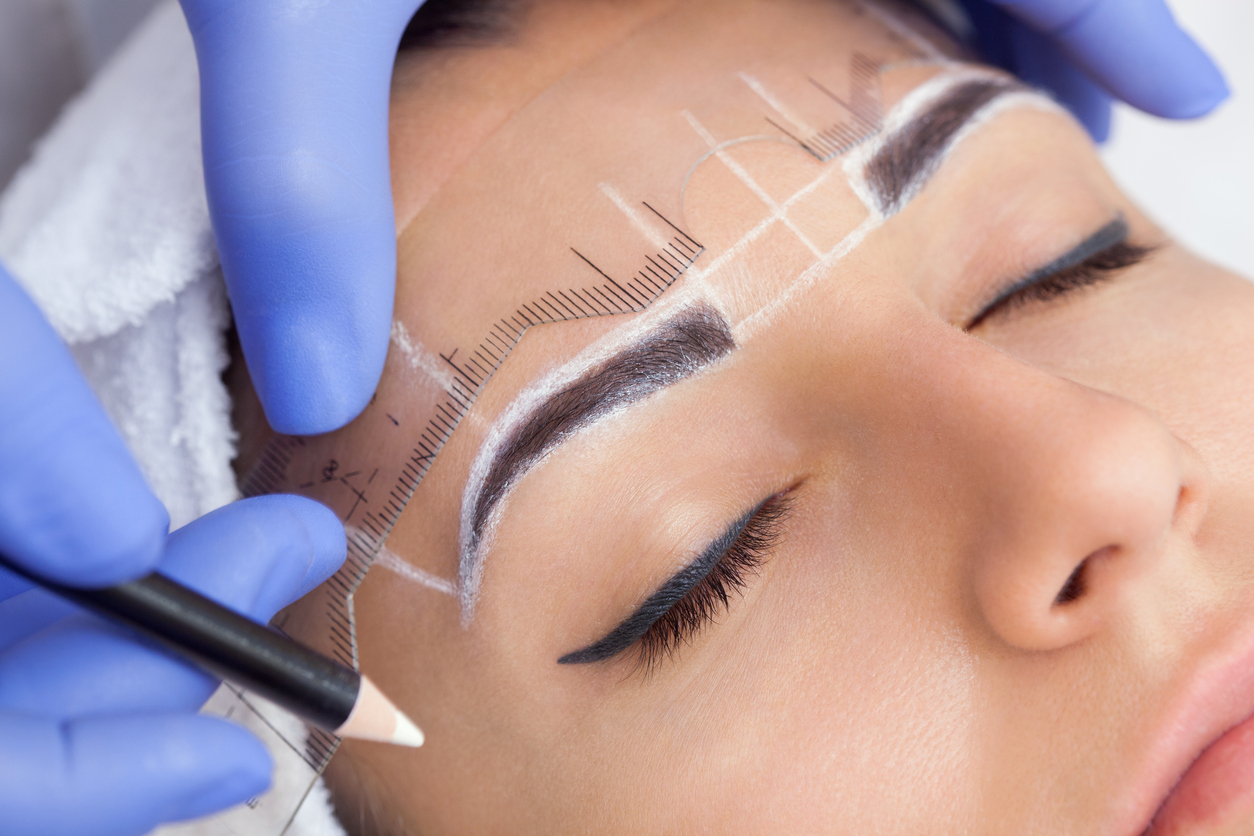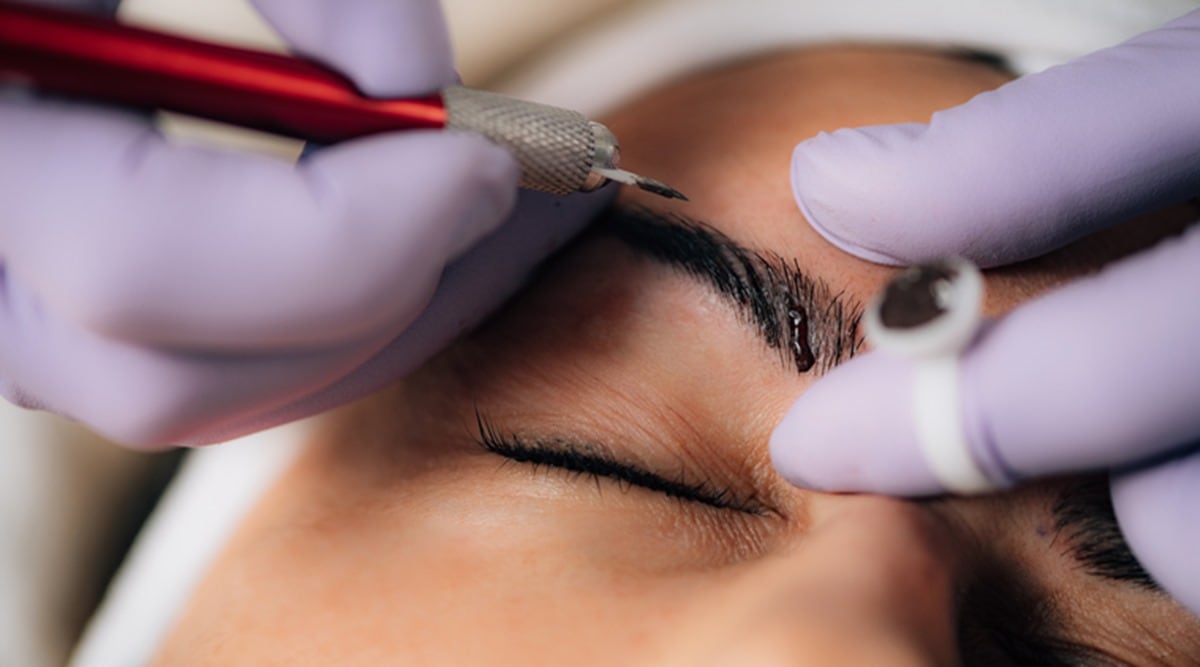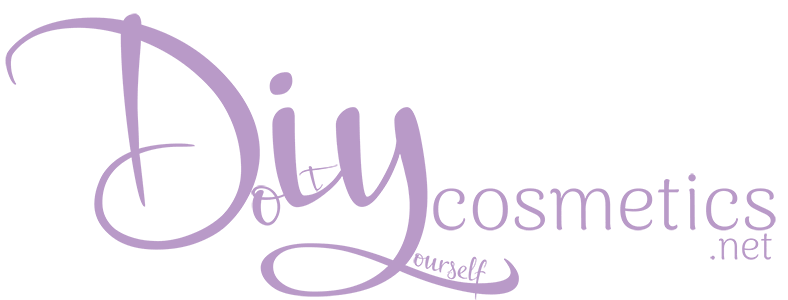Contents
Eyebrows are a huge part of our sense of self. This is why we’re spending a lot of time and money threading, plucking, waxing, and trying to fill them in. Taking into account that your most significant facial feature is a nice pair of eyebrows, it’s worth making them look perfect.
If you have areas lacking in detail or overly plucked eyebrows that you want to look fuller, microblading is great and the outcome is a lasting solution. The microblading procedure typically takes approximately two hours.
But, the process has more to it than you might assume. Before and after microblading, there are some things you should not do, and the use of retinol is one of them. Read on to learn more about microblading and how the procedure might be affected by retinol.

What Is Microblading?
Microblading utilizes tiny needles to inject pigments on your skin, comparable to having a tattoo. Microblading is a manual tattoo technique intended to make hair-like strokes that are normal.
In order to deposit pigment into the upper skin dermis, they use a set of small needles that seem like a razor, making it a semi-permanent process. In general, the distinction between microblading and conventional tattooing is the depth of the skin where the pigment is put.
Microblading uses pigments that are supposed to break down at some point if executed effectively, causing them to fade away entirely. Using a machine, traditional tattooing is performed and is normally intended to work deeper in the skin, producing a brow that will last longer over time.
Broadly speaking, after your microblading session, you will have little or no pain but may have slight redness and moderate swelling. It’s mild enough that you’re not going to feel. A topical numbing cream is used by most artists prior to the procedure.
Microblading Is Not For Everyone
It’s vital to know that not everyone is a good microblading candidate. Women who are pregnant or breastfeeding are not going to be successful candidates. Moreover, chemotherapy patients are advised to complete treatment because the risk of infection may be much higher.
It is recommended that those being treated by a physician or taking drugs, like blood thinners, should consult their physicians to ensure that the treatment is good for them.
Effects of Retinol on Microblading

In skincare products, there is one chemical frequently found that significantly accelerates fading: retinol. Retinol is a type of vitamin A to which skin care products are applied. Its advantages include an increase in the development of collagen, which is the number one anti-aging ally.
The greatest drawback though is the fact that it dries up the skin and makes it flaky, which will make your microblading fade. The earlier new skin cells replace old skin cells, the faster they disappear. Frequent retinol use reduces the duration of this procedure by half.
It is also advised that exfoliating acids or retinol should not be used before microblading for at least four weeks. During microblading, acids and retinol may thin or sensitize your skin and may cause your skin to tear and aggravate.
A technician will use a sharp blade to cut tiny hair-like strokes into the brow bone during the tattoo-esque experience to imitate natural hair and deposit pigment underneath the skin, so it is vitally important that the skin can handle treatment in this region.
Conclusion
Cautious aftercare is important for how your brows heal to produce a lovely, lasting result. Retinol is a great product, but like any product made to exfoliate or speed up your cell turnover rate, if used near the area, it will speed up the life of your fresh brows.
